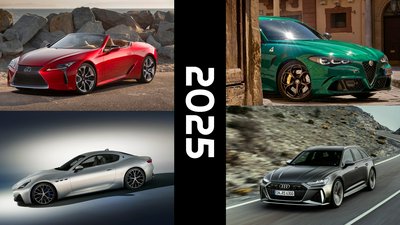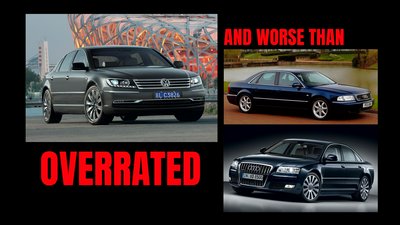techXXX
Five Most Iconic, Collectible Hispano-Suiza Cars
Hispano-Suiza was synonymous with luxury, innovation, and prestige in the early 20th century. I briefly introduce 5 iconic, exceptionally collectible Hispano-Suiza vehicles. They were all designed by the company’s Swiss founder Marc Birkigt.
Published by Dr Jiulin Teng on 19 Aug 2024

Hispano-Suiza was synonymous with luxury, innovation, and prestige in the early 20th century. It introduced the world’s first power-assisted braking system, V8 engine with overhead camshafts, and cast aluminum engine block with steel liners. However, disruptions from the Spanish Civil War and WW2 halted the company in the automotive industry, whereupon it shifted to aerospace and defense. Today, I briefly introduce 5 iconic, exceptionally collectible Hispano-Suiza vehicles. They were all designed by the company’s Swiss founder Marc Birkigt.

T15 Alfonso XIII
- 1911-1914
The Type 15 Alfonso XIII was named after King Alfonso XIII of Spain, an early automotive and racing enthusiast and main supporter of the brand. The Alfonso XIII is often considered one of the world’s first sports cars. It was powered by a T15 3.6L T-head inline-4 engine that developed 45hp paired to a 3-speed manual transmission. With its chassis based on a previous Hispano-Suiza race car, it featured a lightweight design and had surprisingly good handling for the period. While it was coach-built like other vehicles on this list, the Alfonso XIII is known as an outstanding example of the belle epoque.
It should be noted that the power output numbers quoted in this list were all estimated.
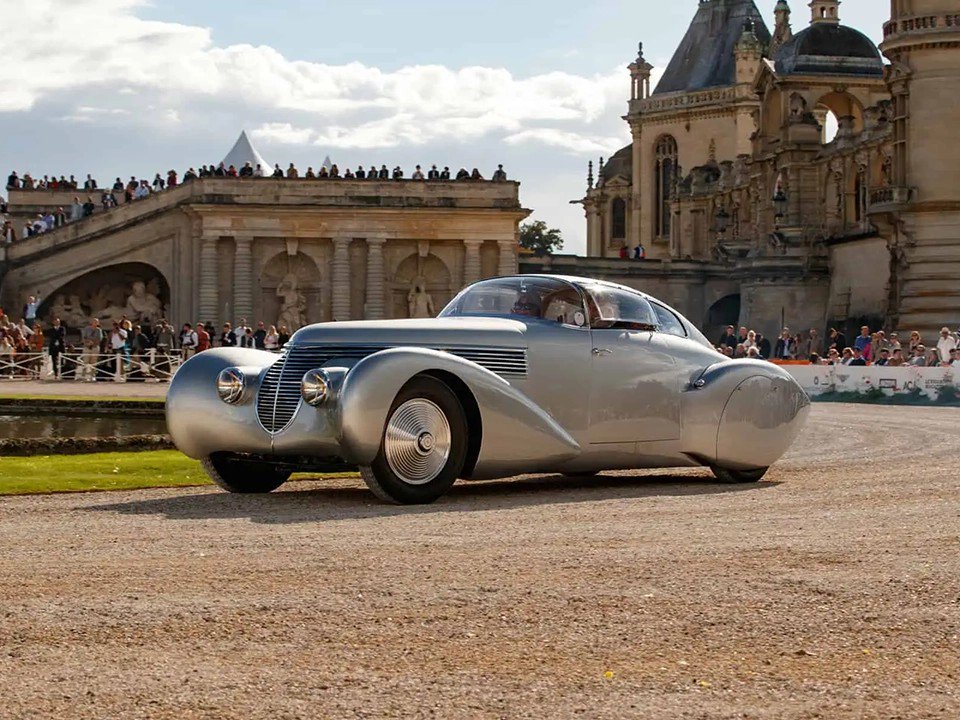
H6B (T46)
- 1922-1932
The H6, as its name suggests, was powered by a 6.6L inline-6 engine paired to a 3-speed manual transmission. The engine was heavily influenced by the legendary Hispano-Suiza 8 water-cooled SOHC V8 aero engine. It similarly featured all-aluminum block with screwed-in steel liners, overhead camshaft, and billet steel crankshaft milled from 272kg down to 16kg. Perhaps more importantly, the H6 was the world’s first car with brakes on all four wheels with power-assist in 1919. It was undoubtedly the most advanced vehicle of its time.
The H6B introduced minor changes. For example, the original’s multi-plate clutch was replaced by a single-disc dry clutch. Like the original H6, the H6B’s inline-6 engine developed 135hp. However, a more limited series of racing cars with engine bored to 6.86L developed 150hp. They were known as “Boulogne” to celebrate the brand’s racing success in Boulogne.
The H6B was a symbol of opulence, favored by the royalty, celebrities, and industrialists. The most outstanding unit of the H6B was the one-off Dubonnet Xenia, which featured Art Deco design and an innovative Dubonnet suspension system. It used the 8L engine from the H6C.
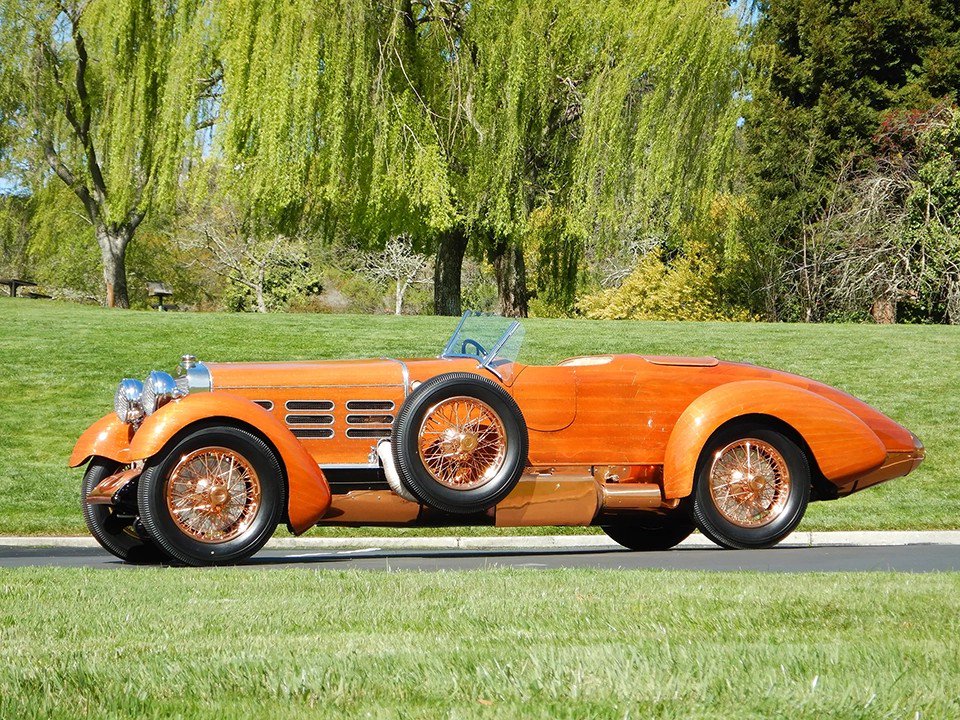
H6C (T56)
- 1924-1933
The Type 56 H6C was a bored 8L variant of the H6, producing 150hp. In racing car form, it had close to 200hp. Despite its focus on performance, the car maintained the luxury and elegance associated with Hispano-Suiza only nearly touched by Rolls-Royce. One of the finest examples of the H6C is the Dubonnet Boulogne Targa Florio speedster with a unique tulipwood body.
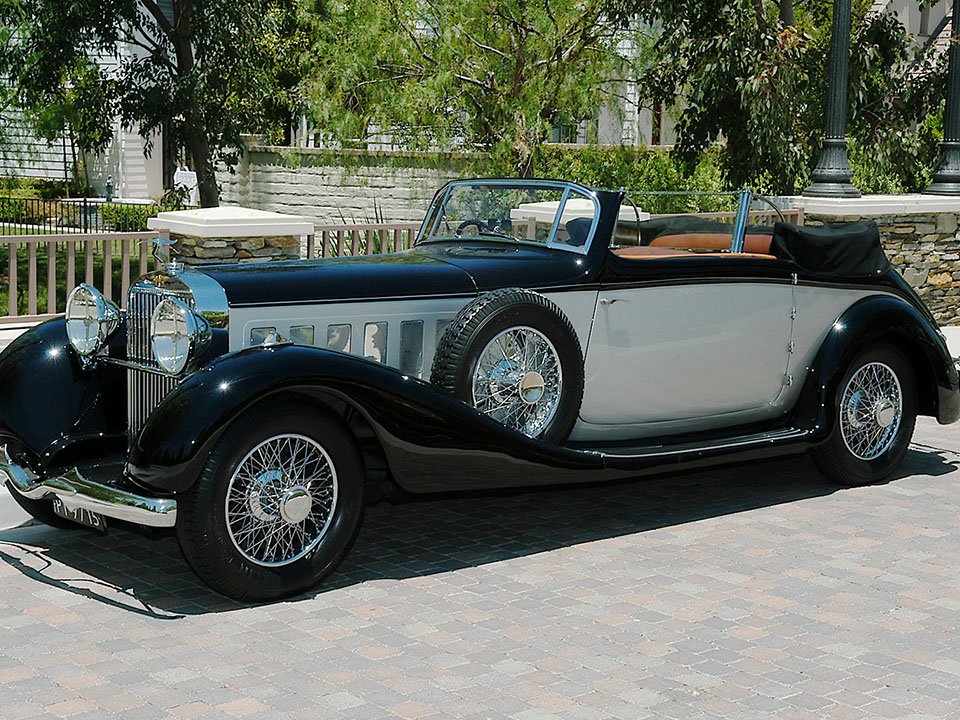
J12 (T68)
- 1931-1938
The J12 was the pinnacle of Hispano-Suiza’s luxury offerings and the premier luxury car from Europe. Originally, it was powered by a massive 9.4L OHV V12 engine that developed 220hp. This was later stroked to 11.3L to produce 250hp. The entire engine block was machined from a single billet. The J12 was one of the most powerful and expensive cars of its time, costing close to twice that of the Rolls-Royce Phantom II. It was known for its extraordinary smoothness and refinement. The J12 was also one of the most technologically advanced cars of its time.
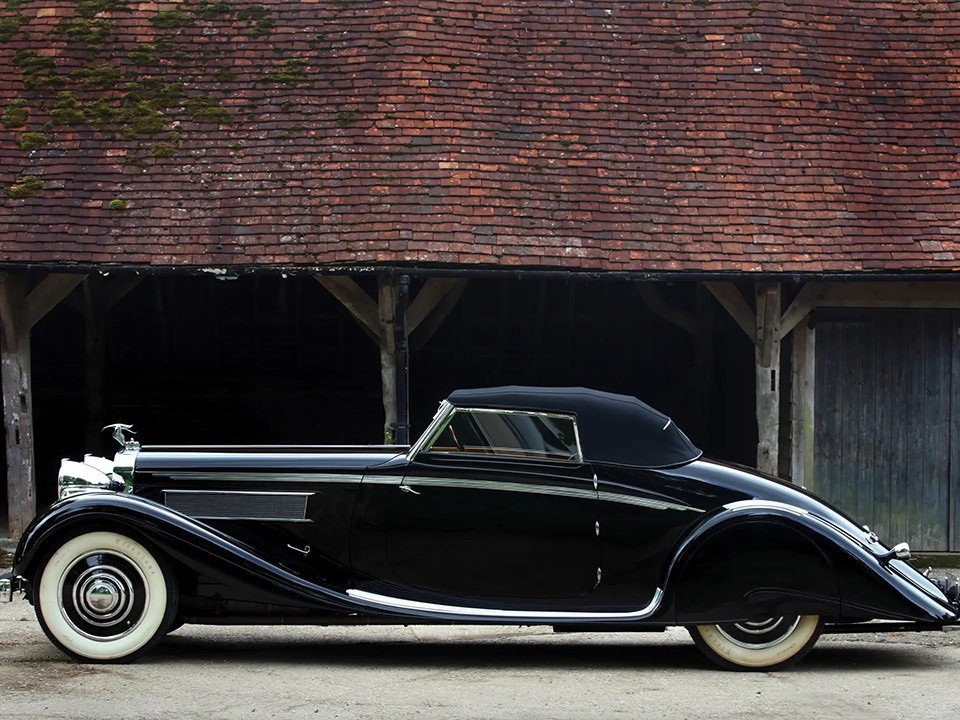
K6 (T70)
- 1934-1937
The K6 was produced as a more affordable alternative to the J12 but still offered exceptional luxury and craftsmanship. It was powered by a 5.2L inline-6 engine that developed 140hp. The K6 would be the last mass-produced Hispano-Suiza vehicle as WW2 was looming and Hispano-Suiza, the main engine supplier of the French air force, shifted to aero engine production.


